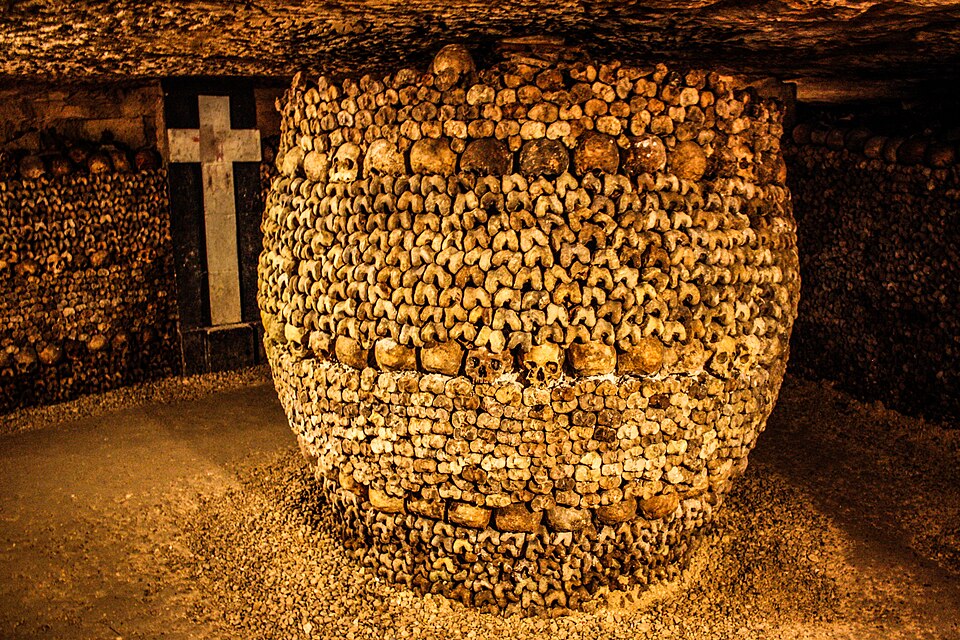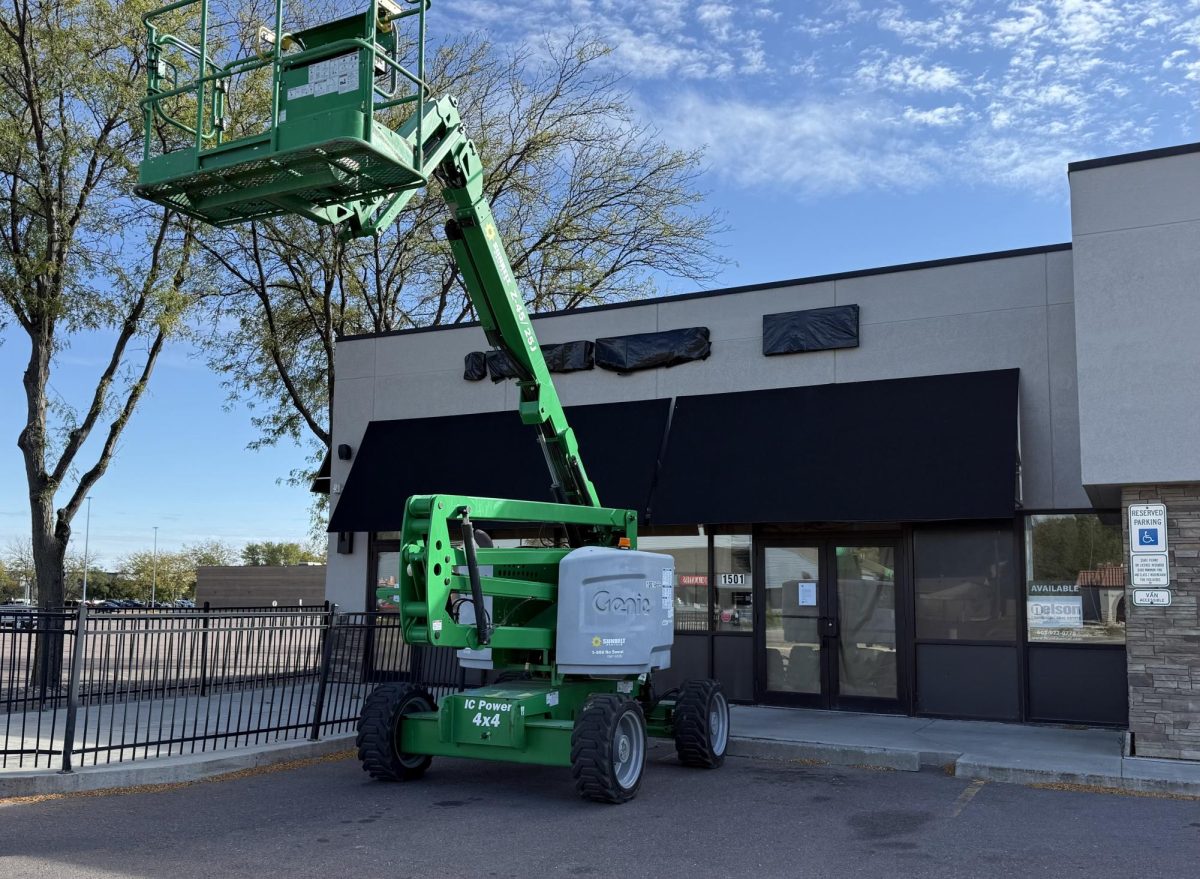On Friday, Sept. 8, a 6.8 magnitude earthquake hit Morocco late at night, killing at least 2,800 people and leaving thousands injured.
This earthquake was nothing out of the ordinary on a global scale. Earthquakes, on average, kill 20,000 people each year and normally occur around the Pacific Coast. It is rare that there are earthquakes this big outside of that area. For that reason, the government and citizens do not expect or prepare for earthquakes. In Morocco, this is most definitely the case. Very few have houses fit for earthquakes, and most buildings are not fit for earthquakes either. People are also not educated on what to do in the situation of being in an earthquake. All these factors add up to the fact that this was such a devastating earthquake. In addition, the mountainous terrain did not help Morocco’s case.
“The 6.8-magnitude quake that occurred in the country’s High Atlas Mountains region late Friday was the largest recorded in that area in more than a century,” said the Washington Post.
Search efforts for survivors and military effort have already been put into action and many other outside parties have stepped in to help the devastation that happened in Morocco. The earthquake mainly hit around Marrakech and small towns and communities south of the major city where the worst damage was done. It was also recently taken into account that the help efforts were more difficult than expected because of the rocky terrain. Furthermore, the U.S. will make available $1 million in assistance to Morocco to help the people stranded and homeless by the earthquake. The main cause of death was buildings collapsing and the deceased are still being pulled out of the rubble.
“The United Nations estimates 300,000 people across the region have been affected — many slept outside for a third straight night,” said NBC News.
The earthquake was heartbreaking for many and devastating to thousands, but efforts are set in place to rebuild. The unfortunate people of Morocco have now started their path to reconstruction.











